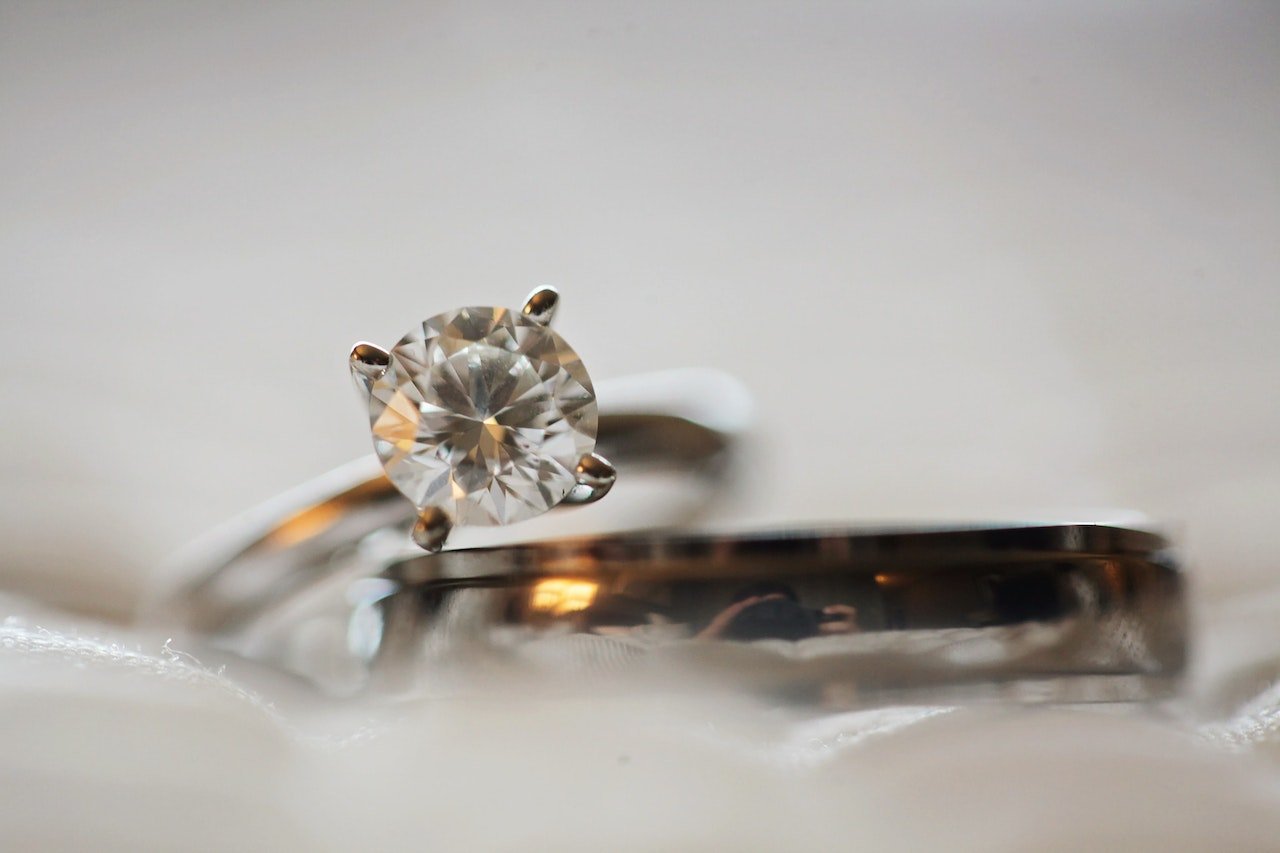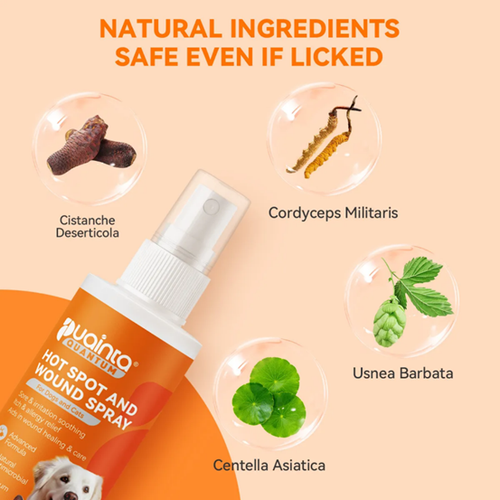The Insider Story of Lab Diamonds: Why They’re Better
What Are Lab Diamonds?
Lab diamonds, often called synthetic or cultured diamonds, are diamonds that are created in controlled environments using advanced technology. They share the same physical, chemical, and optical properties as natural diamonds. The big difference? They’re made in a lab, not dug up from the ground. This means they can be produced in a matter of weeks rather than the millions of years it takes for natural diamonds to form.
The Science Behind Lab Diamonds
Understanding insider story of lab diamonds better starts with grasping the science behind them. There are two primary methods used to create these gems: High Pressure, High Temperature (HPHT) and Chemical Vapor Deposition (CVD).
High Pressure, High Temperature (HPHT)
This method mimics the natural process that forms diamonds. A small diamond seed is placed in a chamber with carbon, where it’s subjected to extreme pressure and temperature. Over time, the carbon crystallizes around the seed, growing into a diamond. Think of it like speeding up nature—what takes millions of years can be done in just weeks.
Chemical Vapor Deposition (CVD)
CVD is a slightly different approach. In this method, gases are introduced into a chamber where they break down and deposit carbon atoms onto a substrate, which slowly builds up into a diamond. This method allows for more control over the diamond’s properties, resulting in high-quality stones that can be tailored to specific desires.
How Lab Diamonds Compare to Mined Diamonds
Quality and Clarity
One of the most compelling arguments for lab diamonds is their quality. These stones can often be produced with higher clarity and fewer imperfections than mined diamonds. Since they’re created in controlled environments, lab diamonds have fewer inclusions and a more uniform color, making them visually stunning.
Cost-Effectiveness
Let’s talk about price. Lab diamonds typically cost 20-40% less than their mined counterparts. Why? Because the production process is less labor-intensive, and the market for lab diamonds is still growing. This means you can get a bigger, higher-quality diamond for less money. Who wouldn’t want that?
Ethical Considerations
Ethics play a huge role in the diamond conversation. Mined diamonds can be linked to various human rights abuses, including conflict diamonds and unsafe working conditions. Lab diamonds, on the other hand, are produced without these concerns. Buying lab diamonds means you’re supporting a more ethical industry.
The Environmental Impact of Lab Diamonds
Carbon Footprint
When it comes to sustainability, lab diamonds shine bright. The environmental impact of diamond mining is significant, with large amounts of earth being moved and ecosystems disrupted. Lab diamonds, however, have a much smaller carbon footprint, making them a greener choice for eco-conscious consumers.
Sustainable Practices
Many lab diamond producers are committed to sustainable practices. They often use renewable energy sources and recycle water in their production processes. This forward-thinking approach helps minimize waste and environmental degradation.
The Rise of Lab Diamonds in the Market
Consumer Preferences
The demand for lab diamonds is on the rise. As consumers become more aware of the ethical and environmental issues surrounding mined diamonds, many are making the switch to lab-grown options. It’s a trend that’s reshaping the jewelry industry, appealing to younger buyers who prioritize sustainability.
Retail Trends
Jewelry retailers are also catching on. Many well-known brands are now offering lab-grown diamonds as a part of their collections, recognizing the shift in consumer preferences. This trend is set to continue as more people seek out sustainable luxury.
Major Brands Embracing Lab Diamonds
High-profile brands have started showcasing lab-grown diamonds in their lines. This endorsement helps legitimize lab diamonds, showing that they can hold their own against traditional mined stones.
Misconceptions About Lab Diamonds
Are They Real Diamonds?
One of the most common misconceptions is that lab diamonds aren’t “real” diamonds. This is simply untrue. Lab diamonds are chemically and physically identical to mined diamonds. In fact, many jewelers use the same grading systems to evaluate them.
Durability and Hardness
Another myth is that lab diamonds are less durable. In reality, they boast the same hardness as mined diamonds, making them equally suitable for everyday wear. They can withstand the test of time just as well as their natural counterparts.
Lab Diamonds in Popular Culture
Celebrity Endorsements
Lab diamonds have gained popularity among celebrities, with many public figures choosing them for their engagement rings and red carpet looks. This visibility helps normalize lab-grown options and shifts public perception.
Social Media Influence
Social media has played a crucial role in promoting lab diamonds. Influencers and brands alike share the benefits of choosing lab-grown options, inspiring a new generation to consider ethical luxury.
Future of Lab Diamonds
Innovations on the Horizon
The future looks bright for lab diamonds. As technology advances, we can expect even more innovations in how these gems are created. This could lead to new styles and qualities that are currently unimaginable.
Market Projections
Industry experts predict continued growth in the lab diamond market. As consumer awareness increases and technology improves, lab diamonds may become the standard choice for engagement rings and other fine jewelry.
Conclusion: Why Lab Diamonds Are the Future
In a world where ethical and environmental considerations are becoming increasingly important, lab diamonds represent a smart, stylish choice. They offer the same beauty and brilliance as mined diamonds but with a fraction of the cost and a far lower impact on our planet. With their growing popularity, lab diamonds are set to redefine luxury jewelry. So, whether you’re in the market for an engagement ring or a sparkling pair of earrings, consider making the switch to lab-grown diamonds. They truly are a better choice for you and the planet.






















